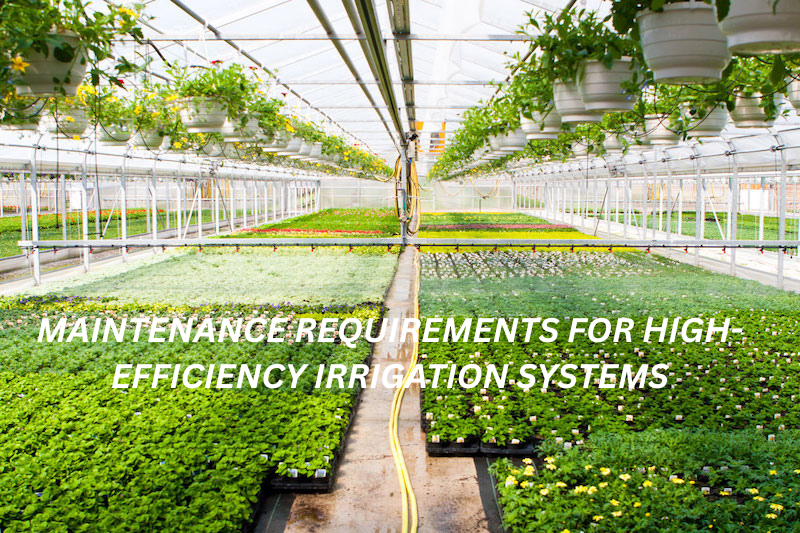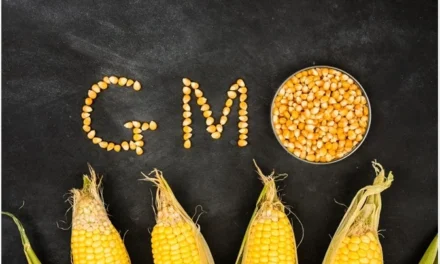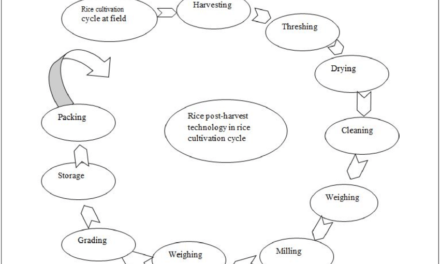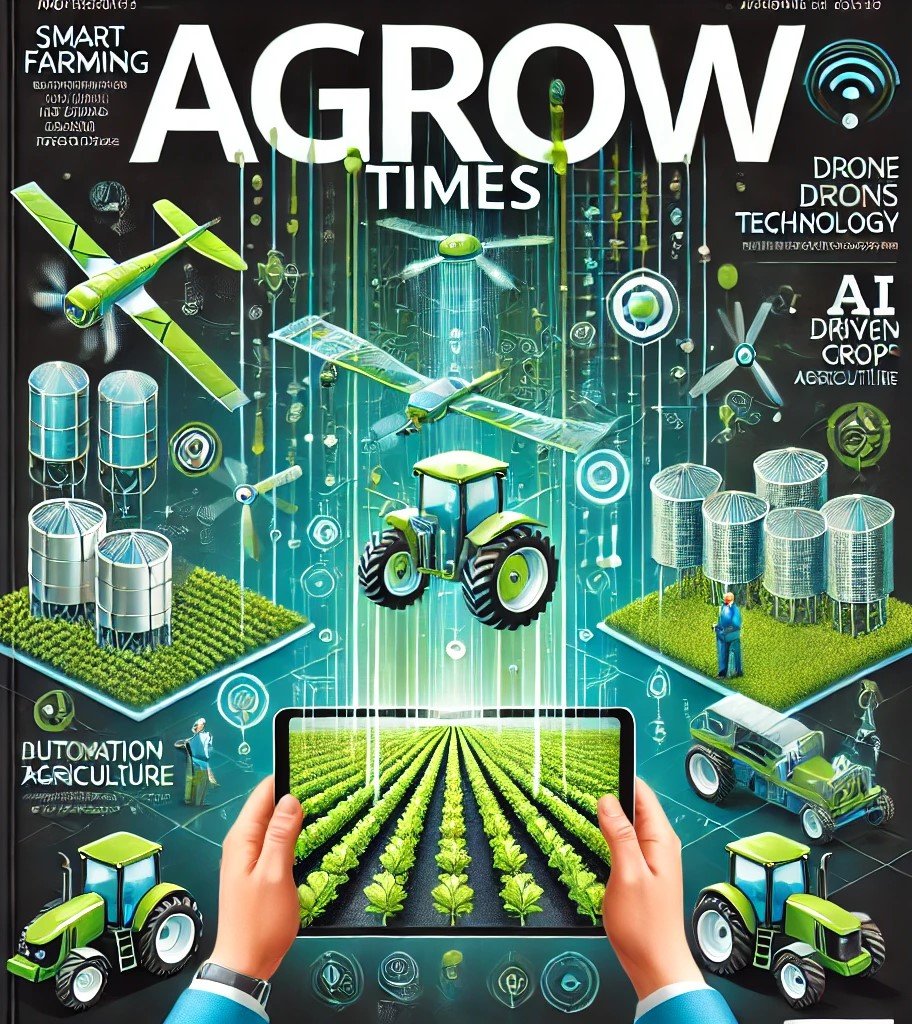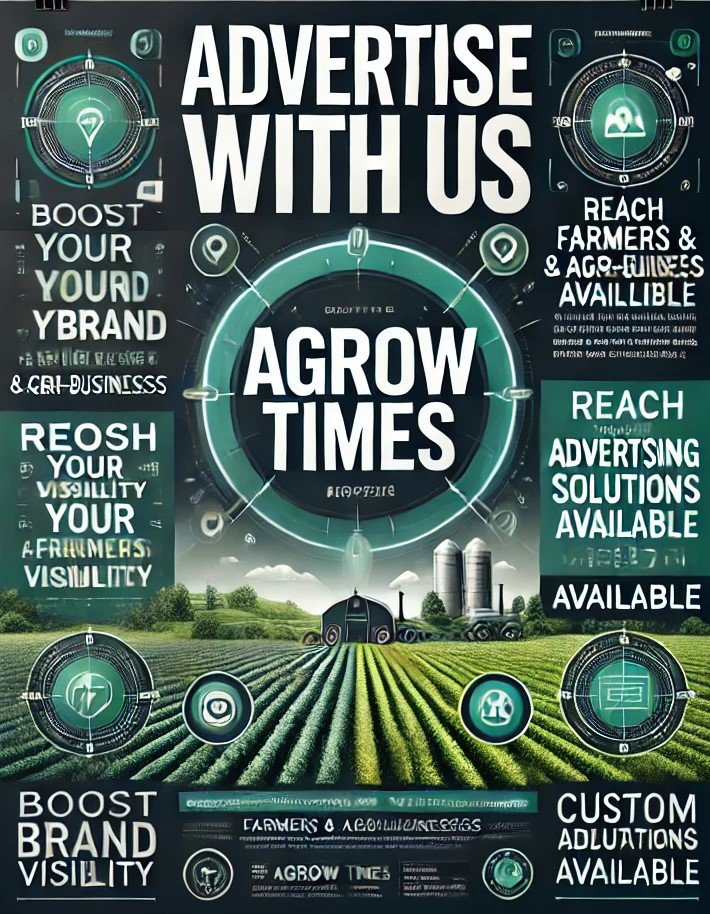Maintaining high-efficiency irrigation systems, such as drip or sprinkler systems, is critical to ensuring optimal performance, reducing water waste, and prolonging system life. Here are the key maintenance requirements:
1. Regular Inspection
- Pipes and Tubes: Check for cracks, leaks, or blockages in pipes and tubes. Look for water pooling or uneven distribution, which may indicate issues.
- Emitters/Nozzles: Inspect drip emitters, sprinkler heads, and nozzles for clogs, wear, or damage.
- Valves: Ensure that manual or automated valves open and close properly without leaks.
- Filters: Examine filters for clogs or damage and clean or replace them as necessary.
2. Cleaning Components
- Filters: Clean filters regularly to prevent debris buildup. Backflushing filters may be necessary for systems with high sediment levels.
- Emitters: Flush emitters periodically to remove sediment or algae that may cause blockages.
- Sprinkler Heads: Remove dirt, grass, or debris from sprinkler heads to maintain even spray patterns.
3. System Flushing
- Main Lines and Laterals: Flush the entire system periodically to remove debris or sediments that could accumulate and cause blockages.
- End of Lines: Open the end caps of drip lines or pipes and run water through to clear out dirt and residues.
4. Water Pressure Management
- Pressure Regulators: Test pressure regulators to ensure the system operates at the correct pressure. Excessive pressure can damage emitters, while low pressure can lead to uneven water distribution.
- Pressure Monitoring: Use a pressure gauge to periodically check system pressure.
5. Monitoring Water Quality
- Sediment: Use pre-filters or sediment traps to minimize the entry of particles into the system.
- Chemical Build-Up: If water has high mineral content (hard water), descale the system periodically to prevent clogging from calcium or magnesium deposits.
- Chlorination: In areas prone to algae or bacteria growth, consider chlorination or other biocidal treatments.
6. Winterization (for Seasonal Use)
- Draining: Before winter, drain all water from the system to prevent pipes and emitters from freezing and cracking.
- Disassembly: Remove and store removable parts, such as sprinkler heads or filters, in a safe place during off-season periods.
7. Checking Automation Systems
- Timers and Controllers: Test irrigation controllers to ensure they are programmed correctly for seasonal water needs.
- Sensors: Inspect and calibrate sensors (e.g., soil moisture or weather sensors) to ensure accurate readings.
- Wiring: Check wiring connections for wear, corrosion, or damage.
8. Vegetation Management
- Plant Growth: Ensure plants or weeds do not cover emitters or sprinkler heads, as this can disrupt water distribution.
- Root Intrusion: Monitor for roots growing into drip emitters or pipes, which can block water flow.
9. Repair and Replacement
- Damaged Parts: Replace damaged pipes, emitters, or valves promptly to prevent water loss or uneven irrigation.
- Wear and Tear: Replace aging components (e.g., rubber seals in valves) to maintain system efficiency.
10. Record Keeping
- Maintenance Logs: Keep a record of maintenance activities, such as filter cleaning, flushing, and part replacements, to identify recurring issues and schedule future maintenance.
- System Mapping: Maintain an updated layout of the irrigation system to facilitate troubleshooting and repairs.
11. Training and Education
- User Training: Train all users or operators to recognize issues like leaks or clogs and respond appropriately.
- Supplier Support: Stay in contact with the system supplier for advice on upgrades, replacement parts, or advanced troubleshooting.
12. Regular Testing
- Uniformity Tests: Perform distribution uniformity tests to ensure even water application across the field.
- Flow Rate Monitoring: Measure flow rates to detect leaks, blockages, or changes in system performance.
66. What are the safety precautions for using large farming machinery?
1. Pre-Operation Safety
- Training and Certification: Ensure operators are trained and familiar with the specific machinery and its controls.
- Inspect Machinery: Conduct a thorough inspection before use, checking for:
- Fluid leaks (oil, fuel, hydraulic fluid).
- Loose or damaged parts.
- Proper tire inflation or track condition.
- Functionality of lights, brakes, and safety mechanisms.
- Read the Manual: Familiarize yourself with the equipment’s operation manual, including emergency procedures.
2. Personal Safety
- Wear Appropriate PPE:
- Sturdy, non-slip footwear.
- Gloves for handling equipment.
- Hearing protection in noisy environments.
- Safety glasses or goggles to protect from debris.
- High-visibility clothing, especially in low-light conditions.
- Avoid Loose Clothing: Prevent entanglement in moving parts by avoiding loose clothing, jewelry, or unsecured long hair.
3. Operating the Machinery
- Maintain Stability:
- Use the machine on level ground whenever possible.
- Avoid steep slopes or wet, unstable surfaces.
- Follow Speed Limits: Operate at a safe speed, especially in confined areas or around obstacles.
- Use Seatbelts: Always wear seatbelts, especially when operating tractors or machinery with Rollover Protection Systems (ROPS).
- Avoid Overloading: Do not exceed the machinery’s weight or capacity limits.
4. Awareness of Surroundings
- Clear the Area: Ensure no one is near the machinery, especially children or animals, before starting.
- Communication: Use hand signals, radios, or other communication tools to coordinate with workers in the area.
- Blind Spots: Be aware of the machinery’s blind spots and use mirrors or cameras if available.
- Overhead Hazards: Watch for power lines, tree branches, or other overhead obstacles when operating tall machinery.
5. Transport Safety
- Secure Attachments: Ensure all attachments are properly secured and locked before transport.
- Use Safety Lights: Equip machinery with functioning lights, reflectors, or a slow-moving vehicle (SMV) emblem when traveling on public roads.
- Follow Traffic Laws: Adhere to local regulations regarding farm machinery on public roads.
6. Maintenance Safety
- Turn Off Machinery: Always shut down the engine and disconnect power before performing maintenance or clearing blockages.
- Use Lockout/Tagout Procedures: Ensure the machinery cannot be started while being serviced.
- Stabilize Equipment: Use proper jacks or stands when working under heavy machinery.
7. Emergency Preparedness
- First Aid Kit: Keep a well-stocked first aid kit accessible near the machinery or in the tractor cab.
- Emergency Shut-Off: Know the location of the emergency shut-off or kill switch for quick action in an emergency.
- Emergency Contacts: Have emergency numbers readily available and communicate them to all workers.
8. Avoid Fatigue
- Take Breaks: Long hours can lead to fatigue and impaired judgment. Rest periodically to stay alert.
- Stay Hydrated: Drink water and avoid dehydration, especially during extended work periods.
9. Specific Machinery Precautions
- PTO Safety (Power Take-Off):
- Keep PTO shields in place to prevent entanglement.
- Never step over a rotating PTO shaft.
- Hydraulic Systems:
- Inspect hoses for leaks and avoid touching high-pressure leaks.
- Release hydraulic pressure before servicing.
- Augers and Harvesters:
- Keep guards and shields in place.
- Never reach into moving parts.
10. Post-Operation Safety
- Shut Down Properly:
- Turn off the engine and remove the key to prevent unauthorized use.
- Engage the parking brake and lower all attachments to the ground.
- Secure Storage:
- Store machinery in designated areas away from walkways or active fields.
- Keep attachments and tools organized to prevent tripping hazards.

